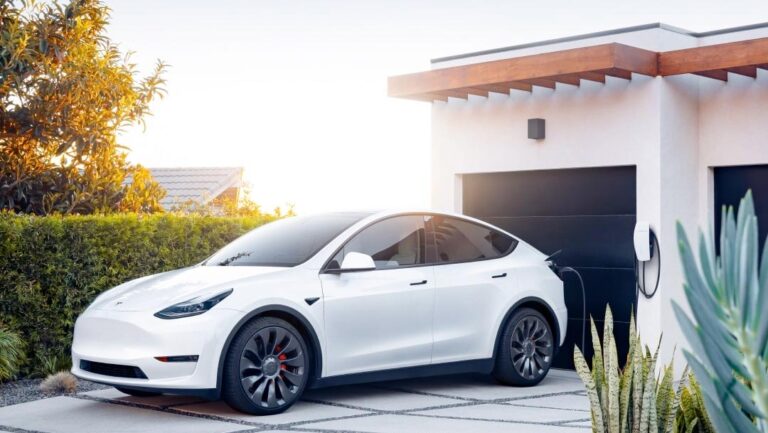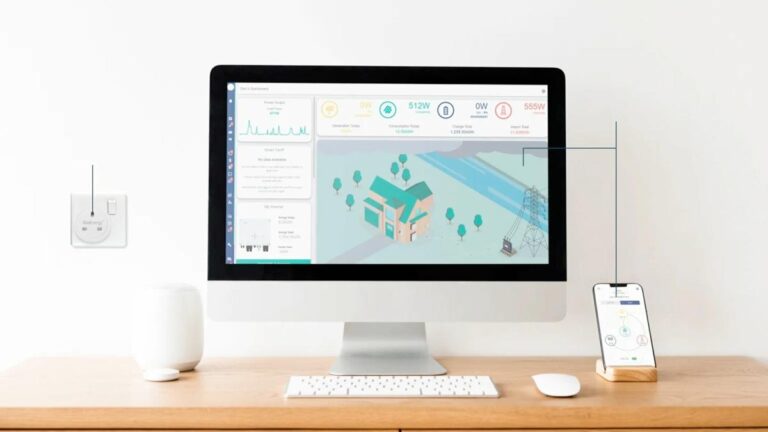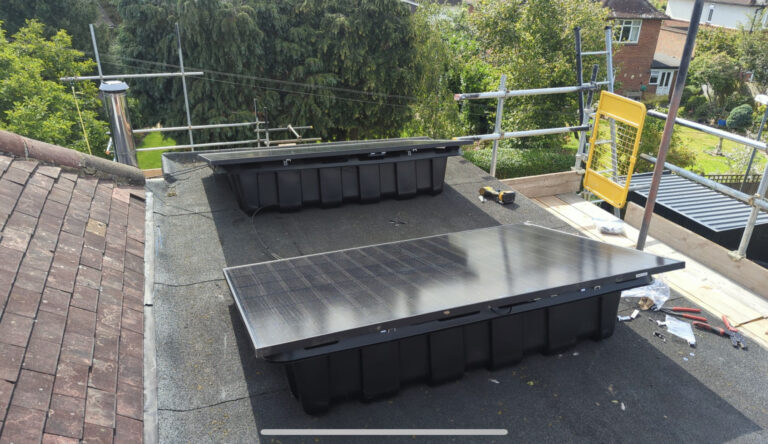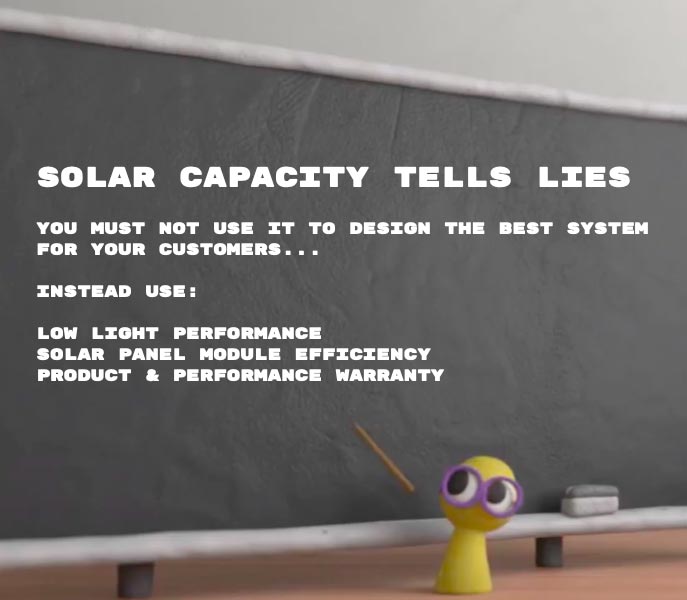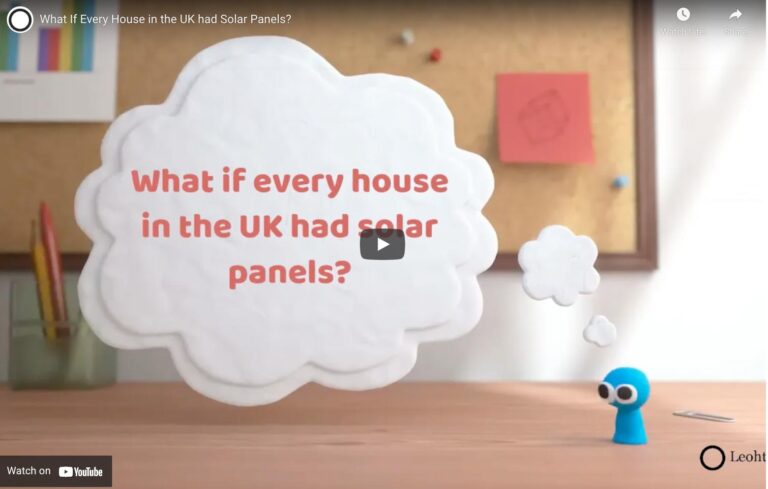A solar inverter’s maximum output DOES NOT relate to the solar capacity able to be installed.
Getting AC output confused with the DC capacity of the solar array could cost you £000’s in the long run by not using the solar panel inverter to it’s full potential.
The 3.68kW limit per phase (before permission is required) relates to the AC OUTPUT of the solar panel inverter not the CAPACITY of the solar panel system.
The DNO (grid) has a limit on the amount of output you can connect to the grid without needing permission. Output and PV capacity are not the same or directly comparable. It’s important to understand the difference to ensure you get the most productive system possible and avoid missing out on £000’s in lost generation. We explain below.
Ensure that your system designer or salesman understands the difference to avoid ending up with a significantly underperforming system.
First, let us explain what the capacity of a solar panel system means…
The capacity relates to how much energy the solar panels would produce under standard test conditions (Irradiance: 1000W/m2 at a temperature of 25 degrees celsius).
The headline figure is not a maximum or a rating. Remember – solar capacity tells lies.
Therefore a 4kW solar array operating within an environment of constant irradiance of 1000W/m2 @ 25 degrees would generate 4000Wh during those conditions (before any system losses).
In the real world, especially in the UK, irradiance fluctuates significantly. Here in Hove, we can expect irradiance to fluctuate from 0W/m2 (night) to 1200W/m2 (clear sky at midday around the height of summer).
Which is why choosing a solar panel with good low light efficiency is key – don’t just look at the headline figure.
“By following bad advice regarding output limits you could be costing yourself £000’s.”
— Thomas Moyes, Director of Leoht Ltd
What does this mean in practice?
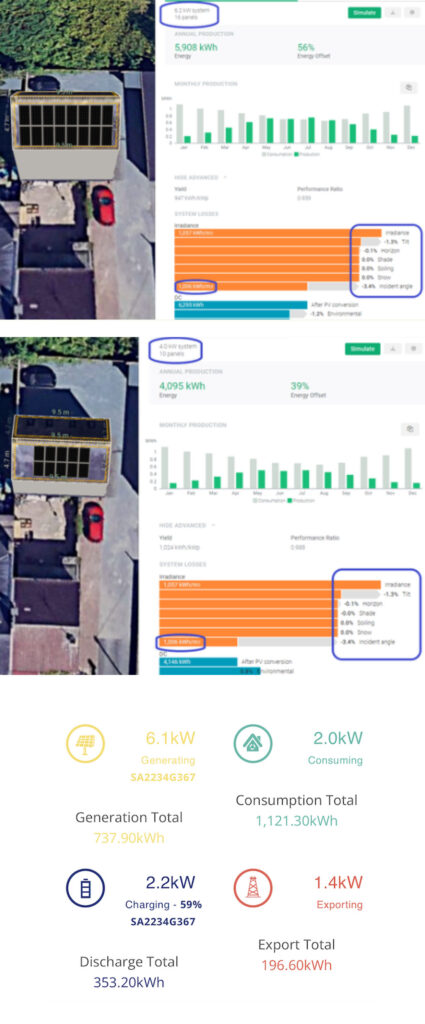
According to the weather station at Birmingham airport, the maximum irradiance the array will receive is 1006W/m2. Irradiance fluctuates significantly throughout the day/year.
Therefore, during the summer we can assume, on a clear day from 12-1 pm the array will produce 6.23kWh. (for illustration purposes, excludes system losses).
The solar panel inverter can deliver 3.68kWh to the AC side.
2.55kWh is ‘AC clipped’ – lost as heat via the inverter and/or module or the maximum power point trackers (MPPT) will turn the amps down.
The simulation software calculates the yearly losses to ‘AC clipping’ for us:
190 kWh is lost per year to AC clipping – worth £6.65 – £32.30 depending on whether or not you can use the energy.
Total output of 6.2kW array (after AC clipping) = 5908 kWh
What if we installed a 4kW solar system instead “because 4 is closer to 3.68”
The same model (right) but with a 4kW system installed with the same inverter.
AC clipping: 0 kWh
Total output: 4095 kWh
Resulting in 1813 kWh less production per year.
Or enough energy to power an average family home for 11.9 YEARS over the lifetime of the system.
Is a 3.6 kW inverter limited to producing 3.6 kW?
No. A good 3.6 kW hybrid inverter can also charge the battery directly using DC generated by the solar panels. This is called DC-coupling, and it allows for more efficient charging of the battery as it does not require the energy to be converted to AC and back to DC again. DC-coupled systems can also provide better performance in low light conditions, as the energy from the solar panels goes directly to the battery, rather than being converted to AC and losing some energy in the process.
The maximum energy generated by a good 3.6 kW inverter, such as Q Cells Q.CORE.HOME or a GivEnergy hybrid inverter is the maximum AC output plus the maximum battery charge capacity.
Make sure your designer is aware of the capabilities of the proposed system and how AC clipping works or you might miss out on a lot of energy.
The image to the right was taken from a 7 kW solar array with a 3.6 kW GivEnergy hybrid inverter at 11.37 am on 18.03.2023. Because there was capacity left in the battery, the system was able to take full advantage of a sunny spell in the winter.
How many solar panels do I need? Try our calculator and find out in 30 seconds.


